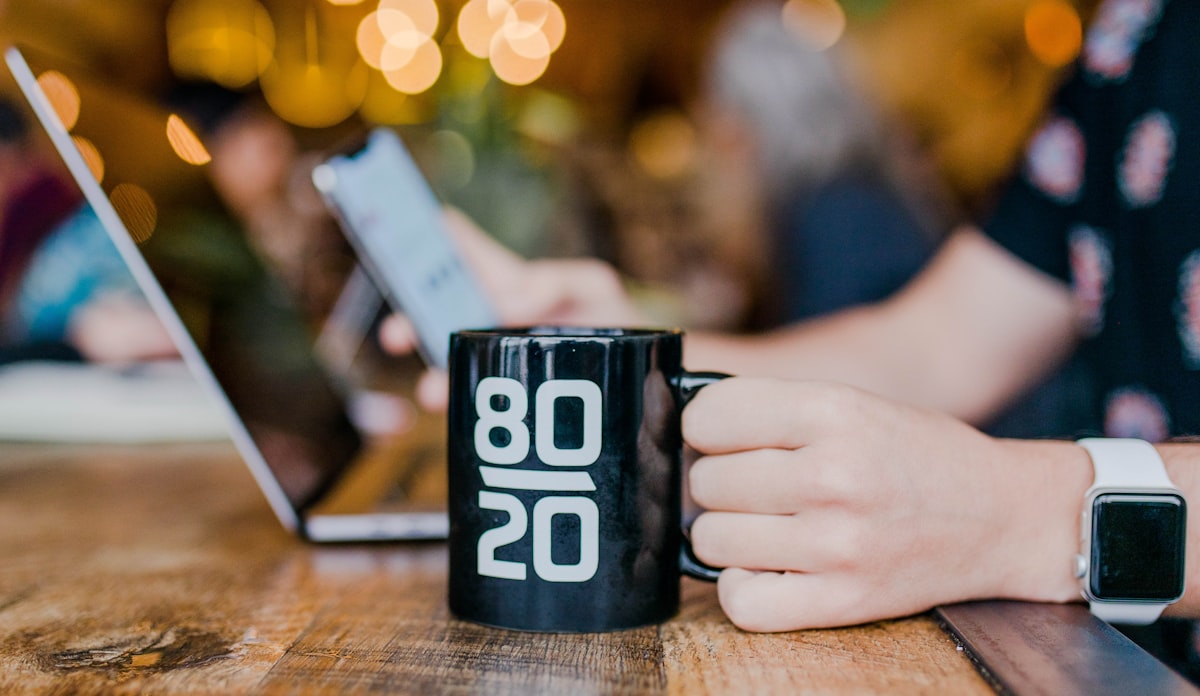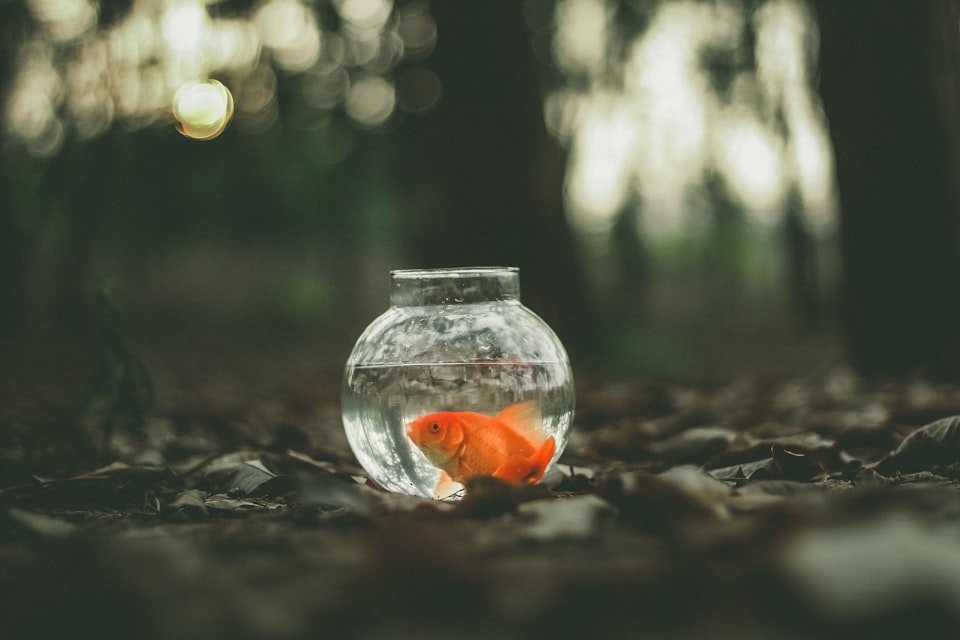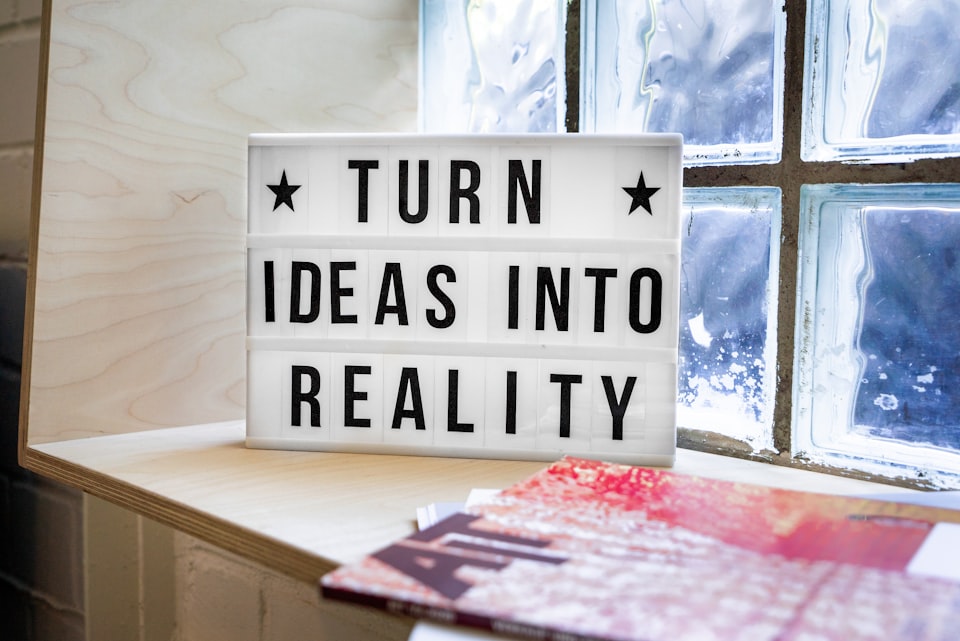The Advertising Opportunity Challenge in 2021 - Why Time Spent on Media Is Different From Ad Opportunity

The rise in media consumption doesn’t translate into more opportunities to communicate brand messages to consumers.
Unfortunately, many marketers, especially those focused on Digital, get this wrong. Allow me to tell you why.
In the old days of TV brand building, successful brands strengthened over extended periods using the magic of the TV ad break. The ad break, a well-identified part of every TV program, was both detested and accepted at the same time. TV viewers used ad breaks to restock their snacks and beverage supply, go to the restroom, or just sit through the ordeal and be entertained by short 30 seconds stories. And they mainly chose the latter.
Media consumption had a direct correspondence with advertising opportunities.
More consumption equaled more ads.
Times are changing. Fast forward to today, and media consumption doesn’t necessarily equal advertising opportunity.

If in 2011 we had 9 hours of advertising opportunity, in 2021, we are left with little less than 8 hours of advertising opportunity.
Where did the hours go?
On Mobile, the clear winner, at least one hour is spent today on non-ad-supported experiences (think messaging – Whatsapp, Telegram, iMessage) and around 30 minutes in the growing audio space (Premium Spotify, Apple Music experiences). 90 minutes lost. See below data from eMarketer.
On TV, a minimum of 1 hour is spent on OTT offers without advertising (Netflix, Disney+, Amazon Prime Video, or Youtube Red). 60 minutes lost. See below data from Nielsen.
That’s how 11h and 30 minutes in 2021 imply less than 8 hours of advertising opportunity.
Despite the growth in Media Consumption, advertisers have reduced opportunities to engage with consumers.

Next time you take a close look at a media consumption chart and gaze at the enormous opportunity of more media, remind yourself to filter on the advertising media opportunity too.




